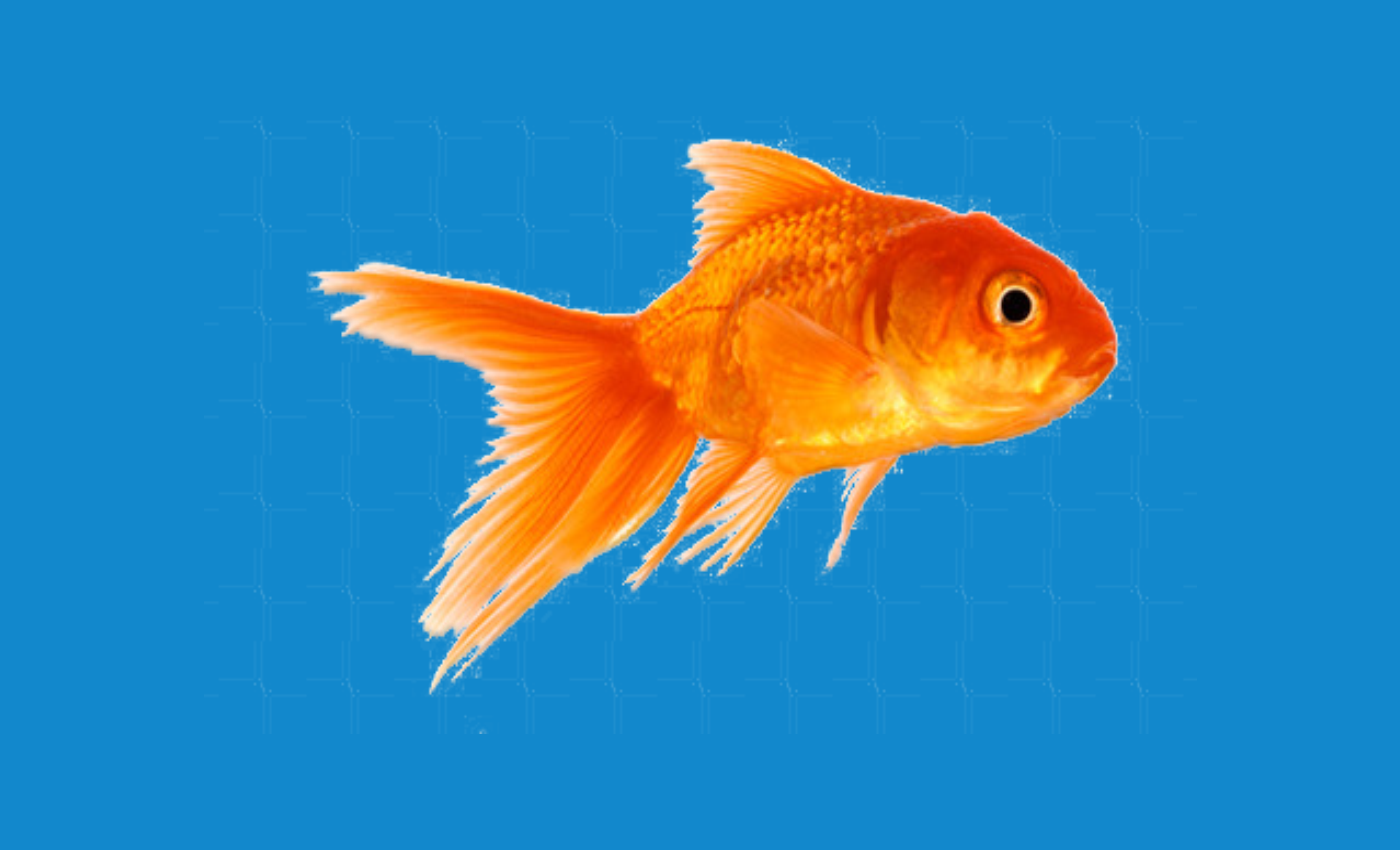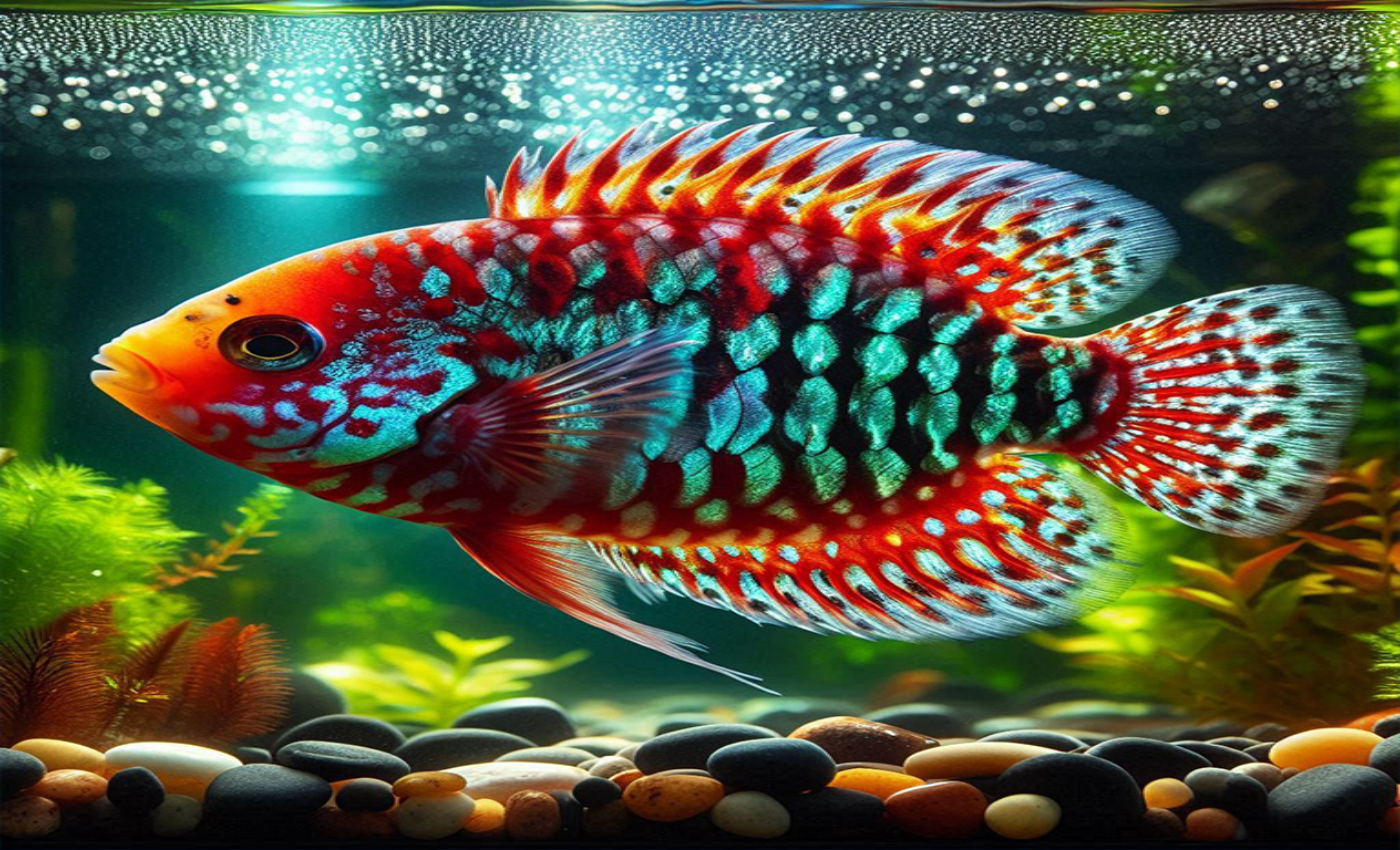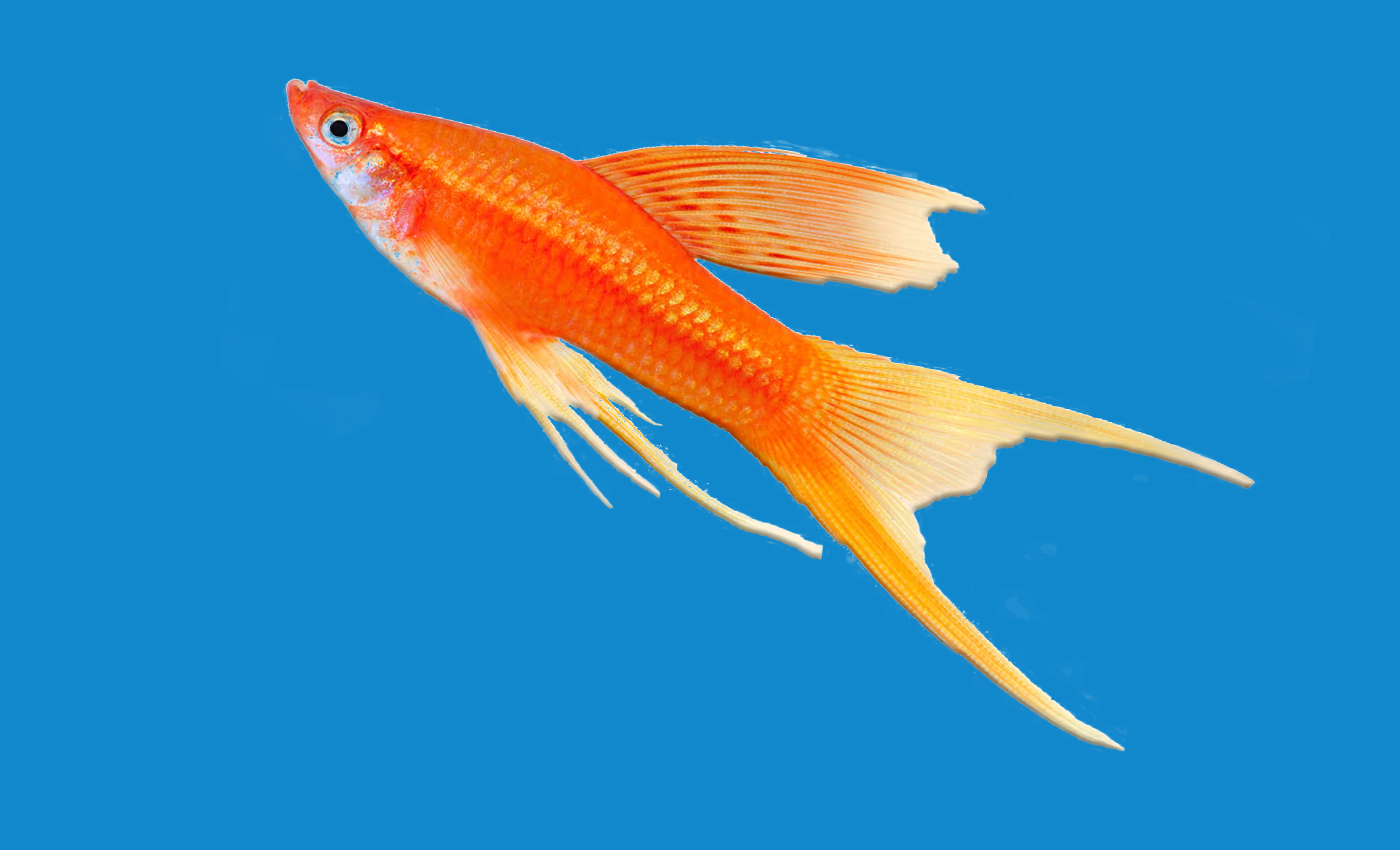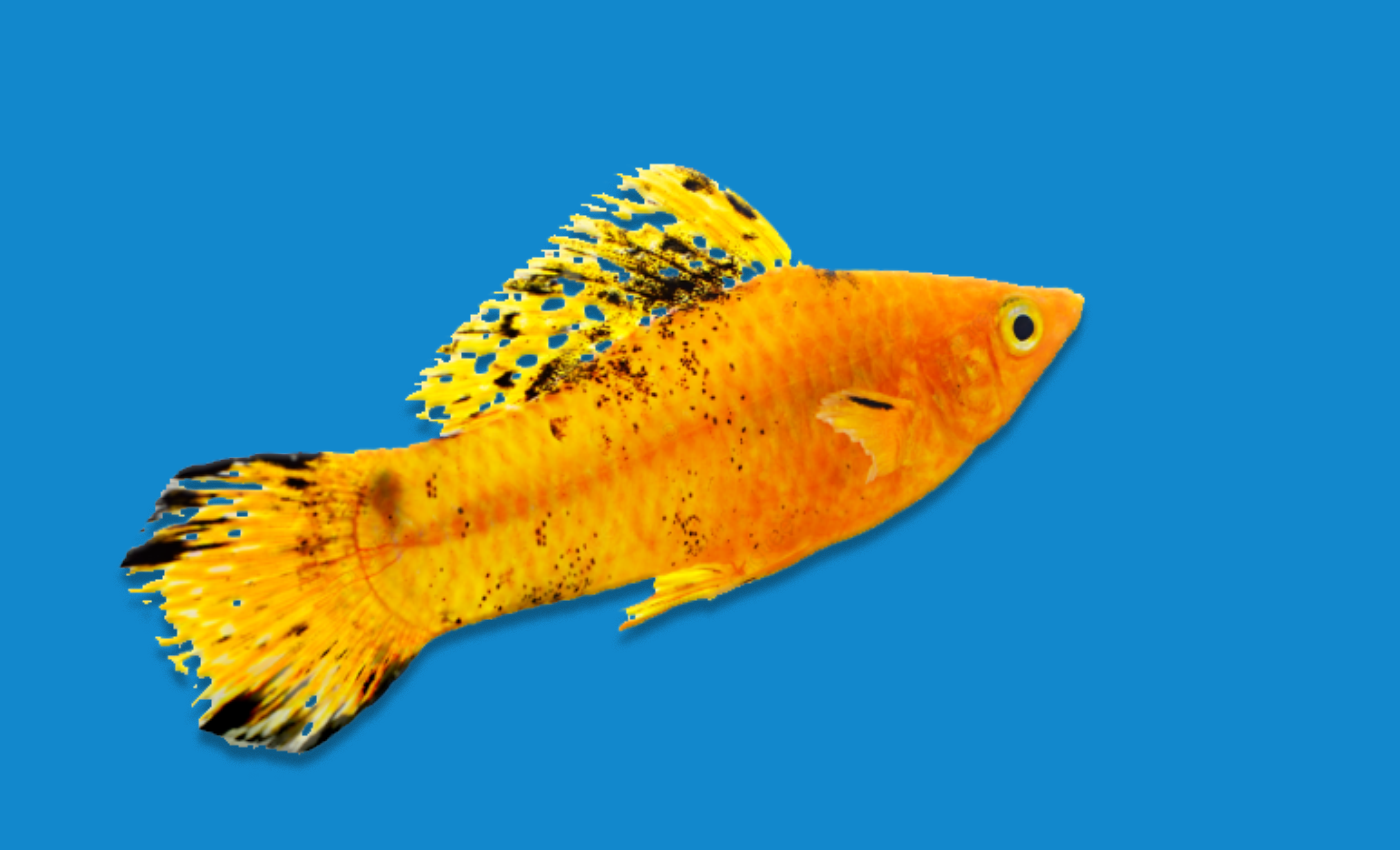Goldfish: Beauty in Simplicity

Overview
Goldfish, scientifically known as Carassius auratus, belong to the Cyprinidae family and are closely related to carp. They are celebrated for their vibrant colors, including shades of red, orange, yellow, white, and combinations thereof, making them a captivating addition to any freshwater aquarium.
Characteristics
- Size: Gold fish can grow up to 25 centimeters (approximately 10 inches) in length, depending on the specific variety and environmental conditions. They are known for their graceful swimming movements and distinctive body shapes, such as the sleek-bodied Common Gold fish or the fancy, double-tailed varieties like the Fantail and Oranda.
- Behavior: Goldfish are generally peaceful and sociable, thriving in groups or pairs. They exhibit curious behavior and are active swimmers, exploring their environment with curiosity.
Aquarium Setup
Tank Requirements
- Tank Size: Provide a spacious tank with a minimum capacity of 20 gallons (approximately 75 liters) for a single Gold fish, with additional space needed for each additional fish. Larger tanks are recommended for accommodating the potential size and waste production of adult Goldfish.
- Water Parameters: Maintain a stable water temperature between 18 to 23°C (64 to 74°F), although some varieties like the Comet Goldfish can tolerate slightly cooler temperatures. Gold fish are adaptable to a wide range of pH levels (6.0 to 8.0) and water hardness, but consistency is key to their health.
- Substrate and Decor: Use smooth gravel or sand substrate to prevent injury to their delicate fins. Decorate the tank with sturdy plants (such as Anubias or Java Fern), rocks, and driftwood, providing ample swimming space and hiding spots.
Feeding
Goldfish are omnivorous and have a diverse diet:
- Diet: Feed a balanced diet of high-quality flakes or pellets specifically formulated for Gold fish. Supplement their diet with fresh vegetables like blanched peas, zucchini slices, and occasional live or frozen foods such as bloodworms and brine shrimp.
- Feeding Behavior: Goldfish are voracious eaters and should be fed small portions multiple times a day to prevent overeating and maintain water quality. Remove any uneaten food promptly to prevent water contamination.
Cost and Availability
Goldfish are readily available in pet stores and online retailers:
- Cost: Prices for Gold fish typically start from $10, depending on the variety, size, and coloration. Fancy varieties like the Oranda or Ranchu may be priced higher due to their unique appearance and rarity.
Maintenance Tips
Water Quality and Tank Mates
Maintaining optimal conditions is crucial for the health and well-being of Goldfish:
- Water Quality: Perform regular water changes of 25% every two weeks to remove accumulated waste and maintain stable water parameters. Use a reliable filtration system appropriate for the tank size to keep the water clean and oxygenated.
- Tank Mates: Choose tank mates that are peaceful and compatible with Goldfish, such as other coldwater species like White Cloud Mountain Minnows, Rosy Barbs, or other Goldfish varieties. Avoid keeping them with fin-nipping species or aggressive fish that may harass or stress Goldfish.
FAQs about Goldfish
1. How long do Gold fish live?
Goldfish have an average lifespan of 10 to 15 years, although some varieties like the Common Goldfish can live for several decades with proper care and a healthy environment.
2. Do Gold fish need a heater in their tank?
Goldfish are coldwater fish and do not require a heater unless the room temperature fluctuates significantly. Maintain a stable water temperature within their preferred range to ensure their well-being.
3. Can Gold fish live in a bowl?
While Goldfish can survive in a bowl temporarily, they require a larger, adequately filtered aquarium to thrive long-term. Bowls often lack sufficient oxygen and space for proper swimming and growth.
4. Are Goldfish compatible with tropical fish?
Gold fish prefer cooler water temperatures compared to tropical fish. Mixing them with tropical species may result in stress and health issues for both types of fish due to differing temperature and habitat requirements.
5. How often should I clean my Goldfish tank?
Perform partial water changes of 25% every two weeks, along with regular substrate vacuuming and filter maintenance, to keep the tank clean and maintain water quality.
6. What is the best tank size for Goldfish?
Aim for a tank size of at least 20 gallons for a single Goldfish, with additional space for each additional fish to accommodate their potential size and waste production.
7. Can Goldfish change color?
Yes, Gold fish can change color over time due to genetics, diet, and environmental factors. For instance, some Goldfish varieties may develop deeper shades of red or orange as they mature.
Conclusion
Goldfish (Carassius auratus) are cherished for their beauty, ease of care, and fascinating behaviors, making them ideal pets for aquarists of all experience levels. By providing a suitable environment, balanced diet, and proper tank maintenance, aquarists can enjoy the grace and charm that Goldfish bring to their aquatic setups.



Post Comment